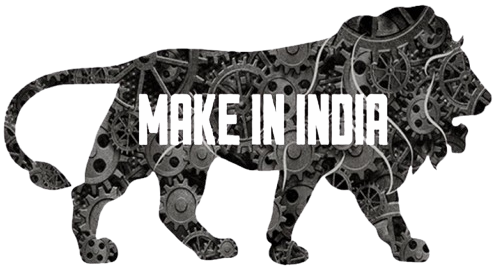JAYTEE ALLOYS CAN SUPPLY BULK QUANTITIES OF COPPER IN VARIOUS SHAPES & SIZES AT BEST POSSIBLE RATES. IT CAN ALSO MANUFACTURES VARIOUS KINDS OF COPPER ALLOYS AND CAN SUPPLY AS PER CUSTOMER REQUIREMENT. KINDLY CONTACT US FOR MORE INFORMATION
Contact Us
Copper

Copper is a chemical element with the symbol Cu and atomic number 29. It is a soft, malleable, and ductile metal with very high thermal and electrical conductivity. Here are some details about copper:
Basic Information:
Symbol: Cu
Atomic number: 29
Atomic weight: 63.546
Physical Properties :
Melting point: 1,085°C (1,984°F)
Boiling point: 2,562°C (4,644°F)
Density: 8.96 grams per cubic centimeter
Occurrence:
Copper is one of the few metallic elements to occur naturally as an uncombine mineral. It is found in various minerals, including:
Chalcopyrite (CuFeS2): The most abundant copper-bearing mineral.
Bornite (Cu5FeS4): Known as "peacock ore" due to its iridescent colours.
Malachite (Cu2CO3(OH)2): A green copper carbonate mineral.
Azurite (Cu3(CO3)2(OH)2): A blue copper carbonate mineral.
Uses:
Copper has been used by humans for thousands of years due to its excellent electrical conductivity, corrosion resistance, and malleability. Some of its primary uses include:
Electrical Wiring: Due to its high electrical conductivity, copper is widely used in electrical wiring and components.
Plumbing: Copper pipes and fittings are used extensively in plumbing systems.
Construction: Copper is used in roofing, gutters, and architectural elements due to its durability and aesthetic appeal.
Electronics: It is used in various electronic devices and circuit boards.
Coinage: Copper and its alloys, like bronze and brass, have been used in coins throughout history.
Heat Exchangers and Radiators: Copper's high thermal conductivity makes it ideal for heat exchangers and radiators.
Antimicrobial Properties: Copper has natural antimicrobial properties, and copper alloys like brass have been used for doorknobs, handrails, and other high-touch surfaces to reduce the spread of germs.
Alloys:
Copper is commonly alloyed with other metals to improve its properties. Some common copper alloys include:
Bronze: Copper combined with tin, aluminium, or other elements.
Brass: Copper combined with zinc.
Cupronickel: Copper combined with nickel.



